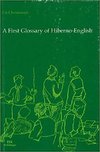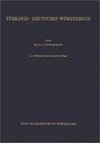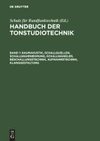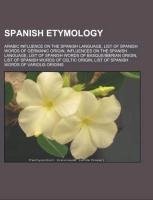
-
 Anglický jazyk
Anglický jazyk
Spanish etymology
Autor: Source: Wikipedia
Source: Wikipedia. Pages: 39. Chapters: Arabic influence on the Spanish language, List of Spanish words of Germanic origin, Influences on the Spanish language, List of Spanish words of Basque/Iberian origin, List of Spanish words of Celtic origin, List of... Viac o knihe
Na objednávku, dodanie 2-4 týždne
14.76 €
bežná cena: 16.40 €
O knihe
Source: Wikipedia. Pages: 39. Chapters: Arabic influence on the Spanish language, List of Spanish words of Germanic origin, Influences on the Spanish language, List of Spanish words of Basque/Iberian origin, List of Spanish words of Celtic origin, List of Spanish words of various origins, List of Spanish words of Indigenous American Indian origin, List of Spanish words of French origin, List of Spanish words of Chinese origin, List of Spanish words of uncertain origin, List of Spanish words of Austronesian origin, List of Spanish words of Semitic origin, List of Spanish words of Indo-Aryan origin, List of Spanish words of Iranian origin, List of Spanish words of Turkic origin, List of Spanish words of Etruscan origin. Excerpt: Arabic influence on the Spanish language has been significant due to the Islamic presence in the Iberian peninsula between 711 and 1492 A.D. (see Al-Andalus). Modern day Spanish language (also called castellano in Spanish) first appeared in the small Christian Kingdom of Castile in northern Spain during this period of Islamic domination over most of the Iberian Peninsula. As a result, the language was influenced by Andalusi Arabic practically from its inception. The Arabic influence on the language increased as the Kingdom of Castile seized land from Muslim rulers, where Castilian had never been spoken. It also absorbed Arabic influence from the Latin and Arabic speaking arabized Christians (Mozarabs) who emigrated northwards from Al Andalus during times of sectarian violence, which intensified as a result of the Almoravid conquest in the 12th century. Although the degree to which Arabic percolated the peninsula varied enormously from one area to another and is the subject of academic dispute, it is generally agreed that Arabic was used among the local elites and local Arabic-influenced Romance dialects, known as Mozarabic, which were the prevalent vernacular language in most areas. Only the small southern kingdom of Granada, in the time of the Nasrid dynasty, which had had a large influx of Moors as the reconquista advanced, was totally arabized. Most of the Arabic influence upon Spanish came through the arabized Latin dialects that were spoken in areas under Muslim rule, known today by scholars as Mozarabic. This resulted in Spanish often having both Latin and Arabic derived words with the same meaning. For example, aceituna and oliva (olive), alacrán and escorpión (scorpion), jaqueca and migraña (migraine) or alcancía and hucha (piggy bank). A small number of words were also borrowed from Moroccan Arabic principally as a result of Spain's protectorate over Spanish Morocco in the 19th and 20th centuries. The influence of Arabic on the Spanish language is fundament
- Vydavateľstvo: Books LLC, Reference Series
- Rok vydania: 2013
- Formát: Paperback
- Rozmer: 246 x 189 mm
- Jazyk: Anglický jazyk
- ISBN: 9781156869376
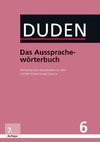





 Francúzsky jazyk
Francúzsky jazyk 
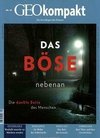
 Nemecký jazyk
Nemecký jazyk 